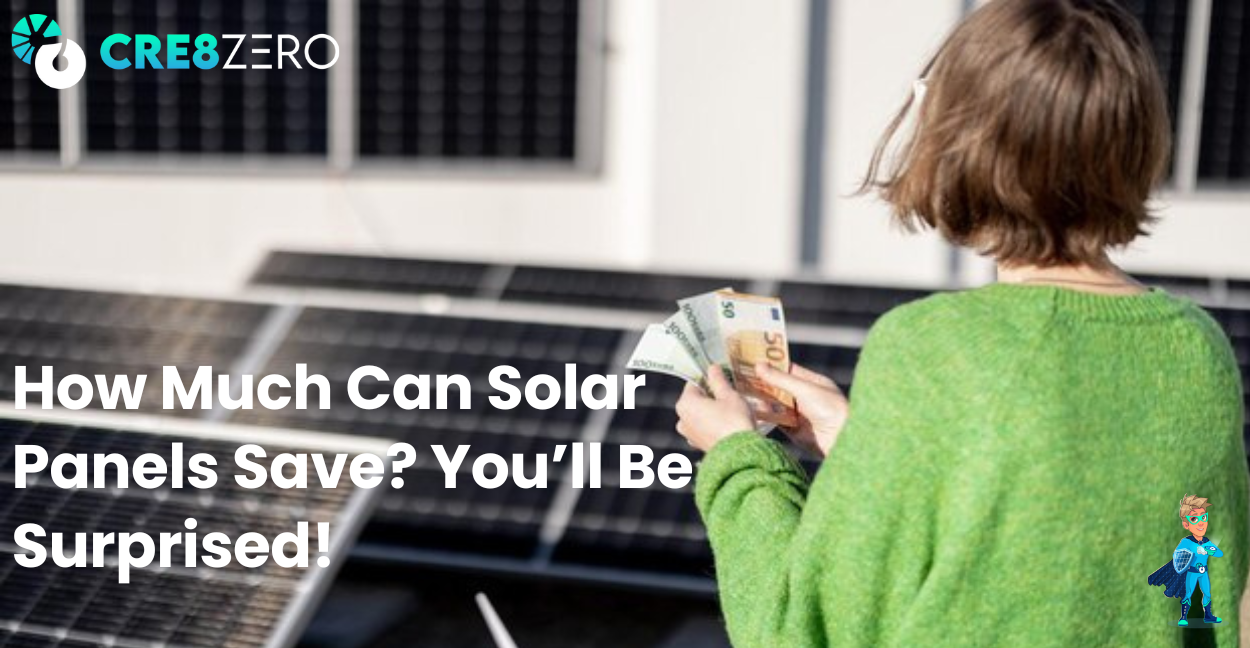If you’ve ever wondered about the potential savings of installing solar panels, you’re not alone. Many homeowners and businesses are beginning to realise the long-term financial benefits of switching to solar energy. The question “How much can solar panels save?” is one of the most frequently asked when considering this renewable energy option. The truth is, the savings can be significant, and you might be surprised at just how much solar panels can reduce your energy bills.
In this article, we’ll explore the financial benefits of solar panels, how they work, and how they can contribute to long-term savings. Whether you’re considering solar panels for your home or business, you’ll gain a better understanding of the value they bring.
Understanding Solar Panels and Their Functionality
What Are Solar Panels?
Solar panels are devices designed to harness the power of the sun and convert it into usable electricity. They are made up of photovoltaic (PV) cells, which are semiconductor materials that absorb sunlight and turn it into electrical energy. When sunlight hits these cells, it excites the electrons in the material, causing them to move and create an electrical current. This process is called the photovoltaic effect.
Solar panels are typically installed on rooftops or in open spaces like fields or parking lots where they can receive the most direct sunlight. The energy generated by solar panels can be used to power your home, business, or stored for later use, reducing your reliance on the grid and lowering your electricity costs.
How Do Solar Panels Work?
Solar panels generate electricity through the photovoltaic effect, but the electricity produced is in direct current (DC) form. DC electricity flows in one direction and is not typically used in most homes or businesses, which rely on alternating current (AC) electricity.
To make the DC electricity usable, it must be converted into AC electricity. This is where the inverter comes in. The inverter is an essential component of a solar power system. It takes the DC electricity generated by the solar panels and converts it into AC electricity, which is what powers your lights, appliances, and other devices.
Once the electricity is converted to AC, it can either be used immediately to power your home or business, or the excess electricity can be stored in batteries for later use, or sent back to the grid if your system is set up for net metering. Net metering allows you to receive credits for the excess electricity you generate, which can offset the cost of the electricity you use from the grid when your solar system isn’t producing enough power (like during the night or on cloudy days).
Key Components of a Solar Panel System
A solar panel system is made up of several key components that work together to generate and distribute solar energy. Here’s a breakdown of each:
- Solar Panels: These are the primary component of a solar system. They are made up of multiple photovoltaic cells, usually arranged in a grid-like pattern. Each solar panel can produce a certain amount of electricity depending on its size, efficiency, and the amount of sunlight it receives. The more panels you have, the more electricity your system can generate.
- Inverter: The inverter is a crucial part of the solar system. It converts the DC electricity produced by the solar panels into AC electricity that can be used in your home or business. Inverters also help monitor the performance of your solar system, ensuring it operates efficiently.
- Battery Storage (Optional): Some solar systems include battery storage, which allows you to store excess energy generated during the day for use later, such as at night when your panels aren’t producing electricity. Battery storage can help you become more energy-independent and reduce your reliance on the grid, especially during power outages or peak demand times when electricity costs are higher.
- Mounting System: The mounting system is used to secure the solar panels to your roof or to the ground. It ensures that the panels are positioned at the correct angle to capture the most sunlight throughout the day. There are different types of mounting systems, such as fixed or adjustable racks, depending on the installation site.
Each of these components plays an important role in ensuring that your solar power system functions efficiently and provides you with clean, renewable energy.
How Much Can Solar Panels Save on Electricity Bills?
Installing solar panels can result in significant savings on your electricity bills, but the exact amount depends on several factors, including the size of your solar system, the location of your home, the amount of sunlight you receive, and your energy usage. Here’s a more detailed breakdown of how solar panels can save you money:
1.) Energy Production vs. Consumption
The amount of electricity your solar panels generate will directly impact how much you can save. Solar panels produce energy based on the amount of sunlight they receive, which varies by location and time of year. If you live in an area with ample sunlight, your system will generate more electricity, allowing you to save more on your bills.
- Average savings: A typical household can save between £150 and £400 per year on electricity bills. This is based on an average-sized solar panel system (around 4kW) and typical UK electricity rates.
- Larger systems: If you install a larger system or live in a sunnier area, the savings can be even higher. For example, a larger 6kW system in a sunny location could save you up to £600 or more annually.
2.) Electricity Usage
Your savings also depend on how much electricity you use. If your household consumes a lot of energy, solar panels can offset a larger portion of your electricity needs, leading to higher savings. Conversely, if you use less electricity, your savings will be proportionally smaller.
- Self-consumption: Solar panels allow you to consume the electricity they generate, reducing the amount you need to purchase from the grid. The more energy you use during the day when your panels are producing electricity, the greater your savings. For example, if you use most of the electricity your panels generate during the day, you might save a significant portion of your monthly energy bill.
3.) Battery Storage
If you choose to add battery storage to your solar system, you can store excess energy generated during the day for use at night or during cloudy periods. This can lead to even greater savings, as you can avoid purchasing electricity from the grid during peak hours when rates are higher. Battery storage helps you become more self-sufficient and reduces your reliance on the utility company.
- Cost of batteries: While battery storage systems do add an upfront cost, they can pay off in the long term by enabling you to store energy and reduce your grid consumption.
- Time-of-use rates: Some areas have time-of-use (TOU) pricing, where electricity costs more during peak hours (usually in the evening). By storing solar energy in batteries, you can use that stored power during these expensive times, further cutting your electricity bills.
4.) Net Metering and Selling Back to the Grid
In some areas, solar panel owners can participate in net metering programs. This allows you to sell excess electricity back to the grid when your solar system generates more energy than you need. The utility company credits you for this excess energy, which can offset the cost of any electricity you use from the grid at night or on cloudy days.
- Net metering benefits: Depending on the local regulations, the credits you receive for the electricity you send back to the grid can either reduce your monthly electricity bill or accumulate as a credit toward future bills.
- Long-term savings: Over time, selling excess energy back to the grid can provide a steady stream of savings, especially during the summer months when your system is likely to produce more energy than you can consume.
5.) Government Incentives and Tax Credits
In addition to direct savings on your electricity bills, many governments offer incentives, rebates, or tax credits to encourage the installation of solar panels. These programs can significantly reduce the upfront cost of installing a solar system, which means you’ll start saving money on your electricity bills sooner.
- UK Government Incentives: While the UK’s Feed-in Tariff (FiT) program has ended, there are still other incentives like the Smart Export Guarantee (SEG), where energy suppliers pay you for the excess electricity you export to the grid.
- Tax credits: Some regions offer tax credits or deductions for solar panel installations, which can reduce your initial investment and increase the overall financial benefits.
6.) Long-Term Savings and Return on Investment (ROI)
While the initial cost of installing solar panels can be significant, the long-term savings can make the investment worthwhile. Over the lifespan of a solar panel system, which typically lasts 25-30 years, the savings on your electricity bills can far outweigh the initial cost of installation.
- ROI: On average, solar panel systems can pay for themselves within 7 to 10 years through savings on electricity bills. After this payback period, the energy generated by the system is essentially free, providing a long-term return on your investment.
- Increased property value: Homes with solar panels are often valued higher than those without, providing an additional financial benefit if you decide to sell your property in the future.
Curious about how much solar panels can save you? The answer might surprise you! Discover the financial and environmental benefits of going solar with CRE8 ZERO. Contact us today to start your journey toward energy savings!
Frequently Asked Questions
1.) How Much Do Solar Panels Save on Average?
On average, solar panels can save UK homeowners between £200 to £400 annually on their electricity bills. The exact savings depend on factors like your energy usage, the size of your solar system, and the amount of sunlight your location receives. Larger systems and sunnier areas tend to offer greater savings. Over time, these savings can significantly offset the initial installation costs.
2.) Can Solar Panels Completely Eliminate My Energy Bills?
Solar panels can reduce your energy bills substantially, but they may not completely eliminate them. While solar panels generate energy during the day, you will still need to rely on the grid at night or during cloudy periods. However, if you add battery storage, you can store excess energy for later use, which can help lower your reliance on the grid and reduce your overall energy costs.
3.) What Is the Payback Period for Solar Panels?
The payback period for solar panels typically ranges from 6 to 10 years, depending on factors such as system size, energy consumption, and local electricity prices. After this period, the energy produced by your solar panels is essentially free, allowing you to enjoy long-term savings. Government incentives and financing options can also help reduce the upfront costs, speeding up the payback period.
4.) Are Solar Panels Worth It in the UK?
Yes, solar panels are a worthwhile investment in the UK, even with the relatively cloudy climate. Rising energy costs and government incentives like the Smart Export Guarantee (SEG) make solar energy a financially viable option. Over time, the savings on electricity bills and the potential increase in property value make solar panels a smart long-term investment, both environmentally and economically.
5.) Can I Add Battery Storage to My Existing Solar Panel System?
Yes, you can easily add battery storage to your existing solar panel system. Battery storage allows you to store excess energy generated during the day for use at night or on cloudy days, helping to reduce your reliance on the grid. This combination increases the efficiency of your solar system and maximises your savings by ensuring you use as much of your own generated energy as possible.
CRE8 ZERO – Your Energy Partner for the Future
CRE8 ZERO is committed to making renewable energy accessible and effective. With our expertise in solar panels, battery storage, and EV chargers, we help you embrace a greener lifestyle while cutting down on costs.
Contact us at CRE8 ZERO to power your home with sustainable energy solutions you can trust. Your journey to energy independence starts here!









